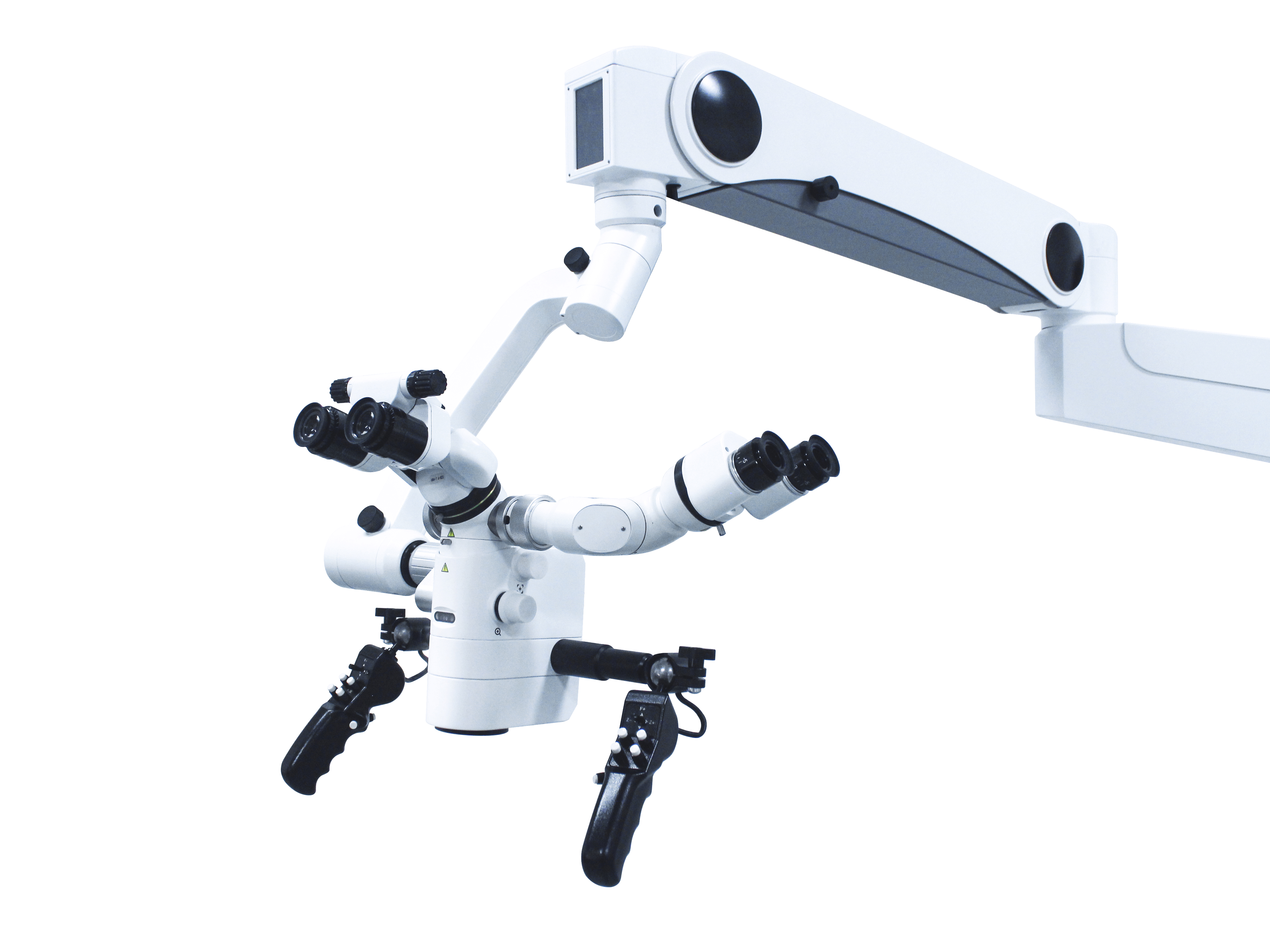Why do surgeons use microscopes?
In modern medicine, the precision and accuracy required for surgical procedures have led to the widespread adoption of surgical microscopes. These advanced optical instruments have revolutionized various fields, including neurosurgery, ophthalmology, and plastic surgery. The surgical microscope market has witnessed significant growth owing to the growing demand for minimally invasive surgeries and the need for enhanced visualization during complex surgical procedures.
Importance of surgical microscope
Operating microscopes are important tools that provide surgeons with a magnified view of the surgical site, allowing for greater precision and control. The use of surgical microscopes allows surgeons to perform complex procedures with greater visibility, which is critical for delicate areas such as the brain, eyes and spine. For example, in the field of neurosurgery, neurosurgical microscopes allow for detailed dissection of tissue while minimizing damage to surrounding structures. Likewise, in the field of ophthalmology, ophthalmic microscopes are vital for procedures such as cataract surgery, where precision is critical.
The surgical microscope market has expanded significantly, with various manufacturers producing specialized models for different surgical disciplines. For example, ENT microscopes are designed specifically for ear, nose and throat surgery, while dental microscopes enhance the ability of dental professionals to perform complex dental procedures. The emergence of portable surgical microscopes has further expanded their scope of use, providing greater flexibility in a variety of clinical settings.
Technological Advances in Microscopy
One of the key factors driving the adoption of surgical microscopes is the continued technological advancement in the field. Modern surgical microscopes are equipped with features such as microscope LED light sources, which provide bright and consistent illumination of the surgical field. This is especially important in surgeries where visibility is compromised by blood or other fluids. Additionally, advances in optics and imaging technology have led to the development of high-definition surgical microscopes, which provide unparalleled clarity and detail.
Operating Microscope manufacturers continue to innovate to meet the needs of the surgical community. The introduction of refurbished surgical microscopes makes these advanced tools more accessible to more medical institutions. These refurbished models undergo rigorous testing and restoration to ensure they meet the high standards required for surgical use. In addition, surgical microscope service and repair options are critical to maintaining the functionality and longevity of these instruments, allowing healthcare providers to invest in quality equipment without fear of obsolescence.
The role of surgical microscope in various professions
Different surgical specialties use microscopes suited to their specific needs. In the field of neurosurgery, neurosurgical microscopes are indispensable for brain surgery, allowing surgeons to observe complex neural structures and perform delicate operations. Likewise, spinal surgery microscopes can enhance visualization of the spinal cord and surrounding tissue, thereby facilitating safer and more effective surgeries.
In the field of plastic surgery, plastic surgical microscopes are frequently used to ensure precision in reconstructing complex anatomical structures. The ability to magnify the surgical field allows for meticulous suturing and tissue manipulation, which is critical to achieving optimal aesthetic and functional outcomes. Dental surgical microscopes are also gaining attention, allowing dentists to perform complex procedures more accurately and with less discomfort to patients.
The future of surgical microscopes
As the surgical microscope market continues to grow, the future looks promising. Integrating digital technology into Operating microscopes paves the way for enhanced capabilities such as real-time imaging and augmented reality overlays. These innovations will further improve surgical outcomes and patient safety. Furthermore, the demand for surgical microscopes in emerging markets is expected to grow, driven by increasing investments in healthcare and rising prevalence of chronic diseases requiring surgical intervention.
Operating Microscope manufacturers may focus on developing more user-friendly designs and features to meet the needs of surgeons. The trend toward minimally invasive surgery will also drive the need for specialized microscopes that can be used in limited spaces while providing optimal visualization. As the surgical environment continues to change, Medical surgical microscopes will continue to play a critical role in ensuring surgeons can perform their duties with the highest level of precision and care.
conclusion
the use of surgical medical microscopes has become an integral part of modern surgical practice. Their ability to provide enhanced visualization and precision has transformed surgical specialties ranging from neurosurgery to ophthalmology and plastic surgery. The growth of the Medical surgical microscope market, driven by technological advancements and growing demand for minimally invasive procedures, highlights the importance of these instruments in improving patient outcomes. Looking to the future, continued innovation and development of surgical operating microscopes will undoubtedly play a vital role in shaping the landscape of surgical medicine.

Post time: Oct-28-2024







